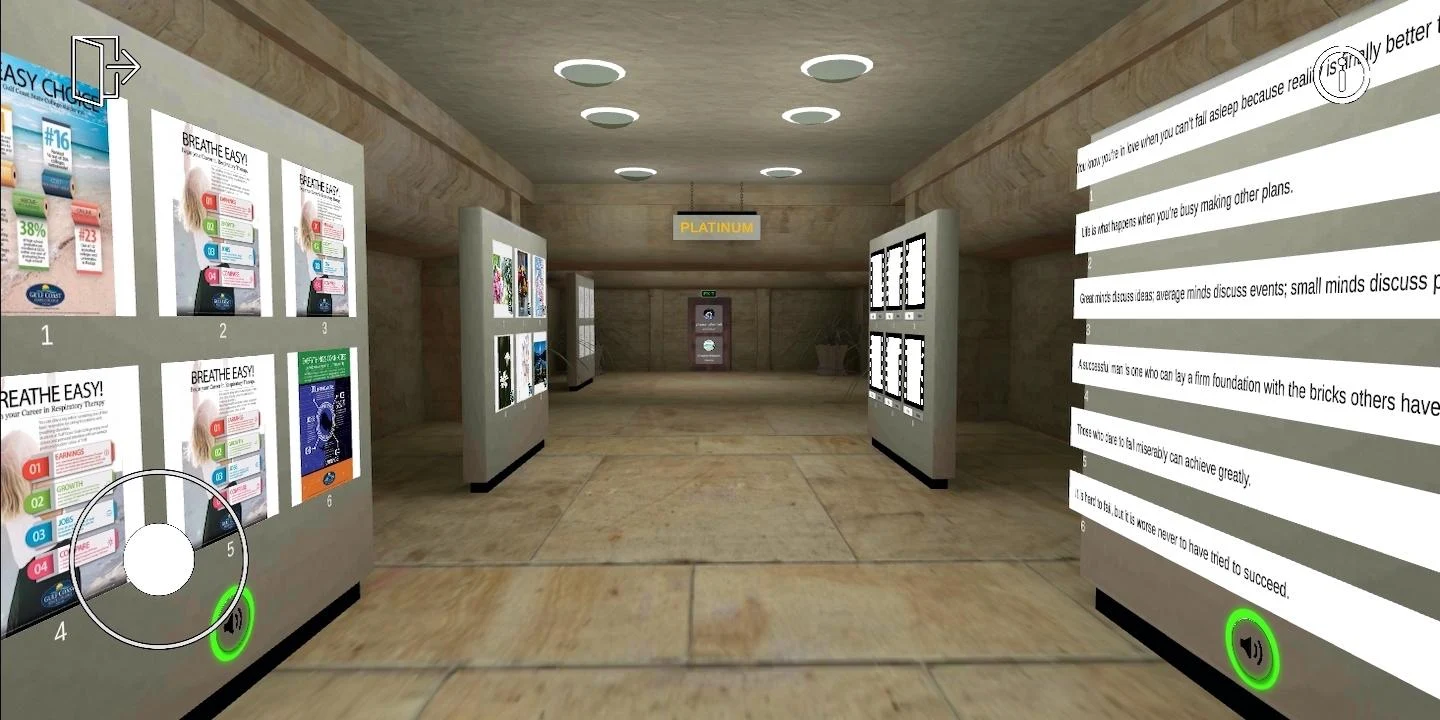Virtual 3D galleries have become increasingly popular due to advancements in technology and their ability to offer unique and immersive experiences. However, like any technology, they come with both advantages and disadvantages. Here are some pros and cons of virtual 3D galleries:

Pros:
Accessibility:
Virtual 3D galleries break down geographical barriers, allowing people from around the world to visit exhibitions and artworks without physically traveling to the location. This increased accessibility benefits individuals who may have limited mobility or live in remote areas.Immersive Experience:
These galleries offer an interactive and immersive experience, enabling visitors to explore artworks from different angles, zoom in for closer views, and sometimes even manipulate the exhibits. This can enhance the overall understanding and appreciation of the art.Cost-Effective:
Setting up a virtual 3D gallery can be more cost-effective compared to constructing a physical gallery. It eliminates expenses related to physical infrastructure, maintenance, and transportation of artworks.Preservation:
Virtual galleries can be used as a means of preserving and archiving art and historical artifacts. By digitizing valuable pieces, there is a reduced risk of damage or loss.Flexibility:
Virtual galleries provide curators with more flexibility to curate and update exhibits easily. They can change the layout, add new artworks, or update information without the limitations of physical space.
Cons:
Technology Requirements:
To fully enjoy a virtual 3D gallery, visitors must have access to compatible devices, such as VR headsets or powerful computers. This requirement can be a barrier for some individuals who do not own or cannot afford such technology.Lack of Physical Presence:
While virtual galleries offer convenience, they cannot replicate the sensory experience of being physically present in an art gallery. Visitors miss out on the tactile sensations, lighting nuances, and the ambiance of a real art space.Technical Limitations:
Virtual 3D galleries might not be able to provide the same level of detail as physically viewing an artwork up close. Technical constraints could impact image quality, texture, or color accuracy.Social Interaction:
Traditional galleries offer the opportunity for social interaction and engagement with fellow art enthusiasts. Virtual galleries may lack this aspect unless they incorporate live events or chat features.Dependency on Internet Connection:
The quality of the experience in a virtual 3D gallery heavily relies on a stable internet connection. Slow or unreliable internet can lead to lag and interruptions during the exploration process.
In summary, virtual 3D galleries offer a convenient and accessible way for people to explore art and exhibits worldwide. They provide unique experiences and benefits, but they also come with technical limitations and may not fully replace the physical presence and social interactions found in traditional galleries. The future of virtual 3D galleries will likely continue to evolve with advancements in technology and user preferences.


